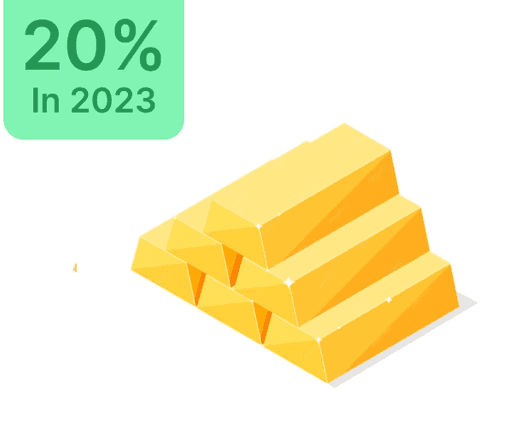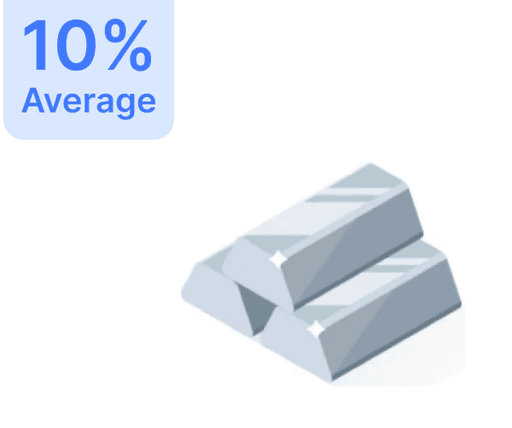
How Does a Systematic Withdrawal Plan (SWP) Work?

 Jun 14, 2024
Jun 14, 2024 7 Mins
7 MinsEach person's financial goals and investment strategies vary. Some prefer investing a lump sum, while others opt for a Systematic Investment Plan (SIP). Similarly, certain investors focus on capital appreciation, whereas others prioritize consistent income. To cater to these distinct preferences, fund houses provide various solutions, like the Systematic Withdrawal Plan (SWP). This article delves into the key aspects of SWPs.




